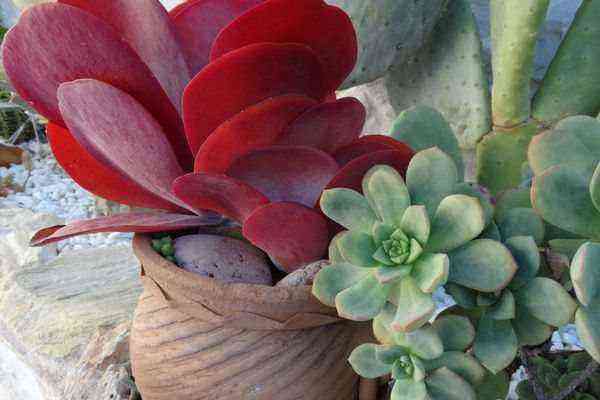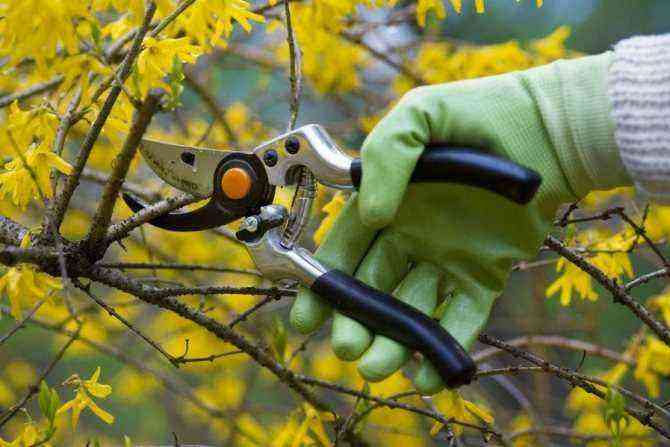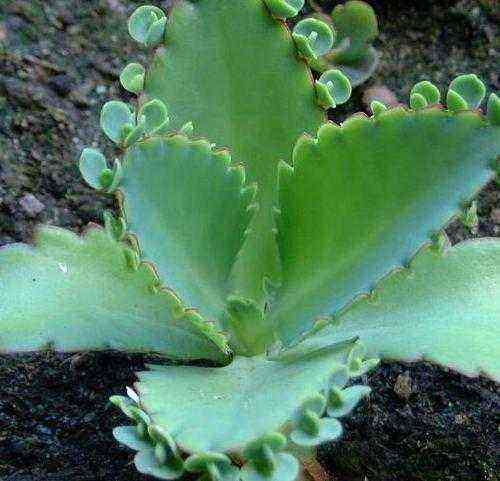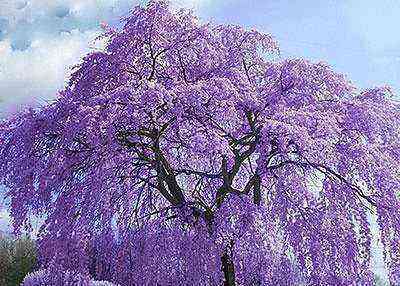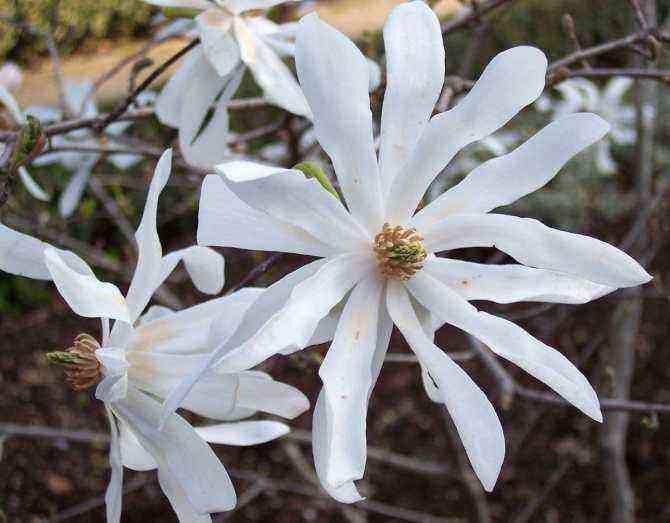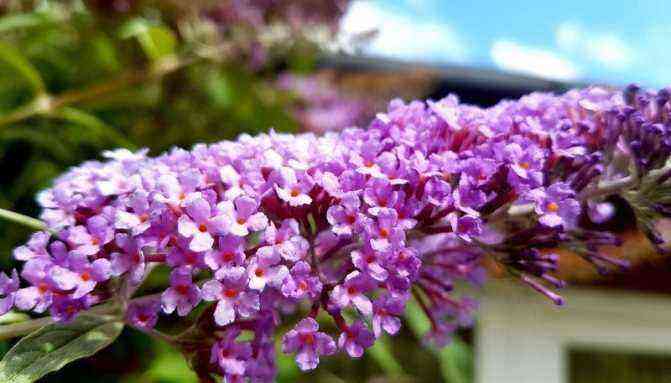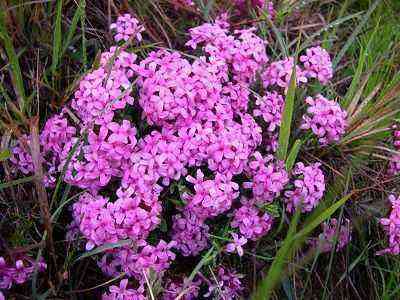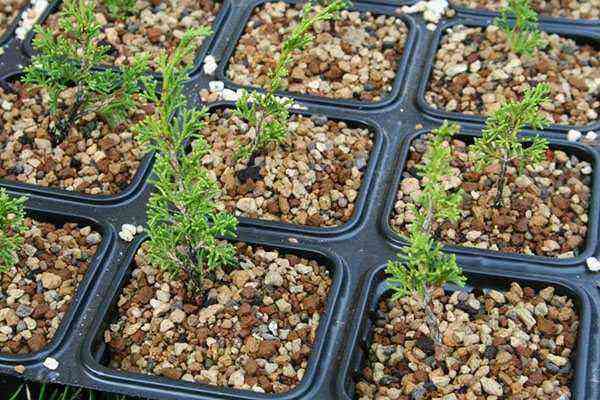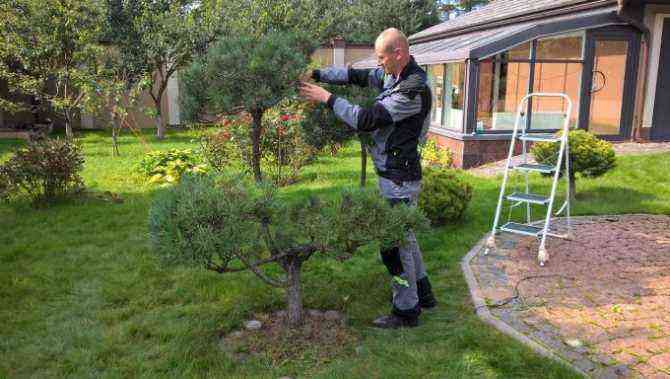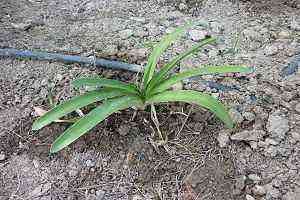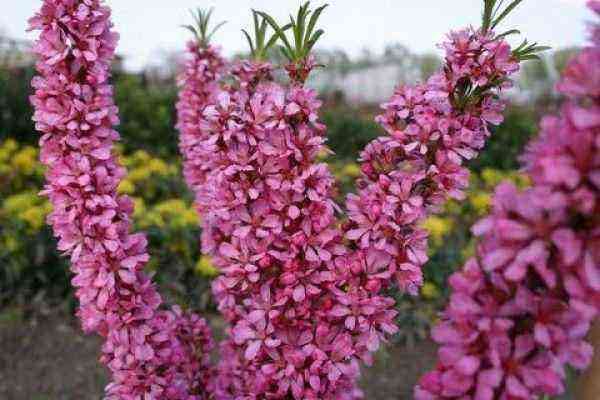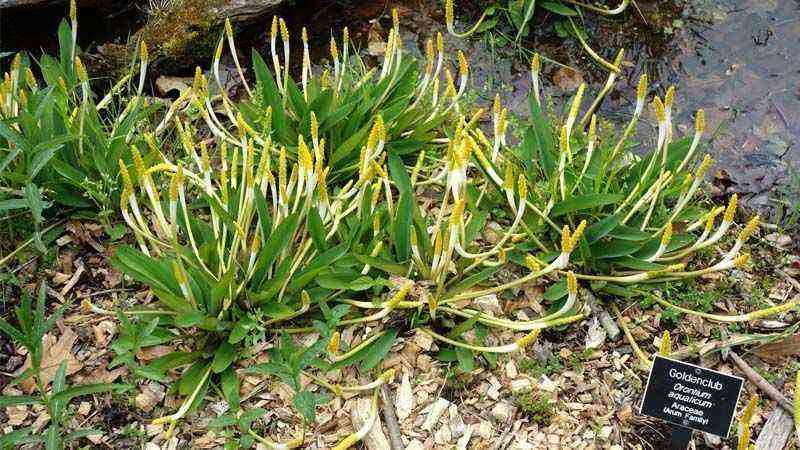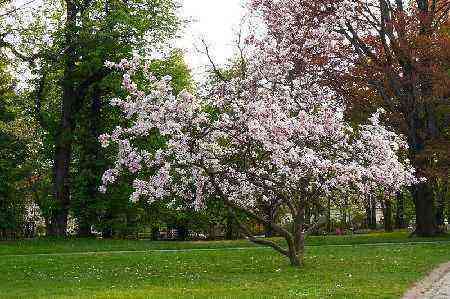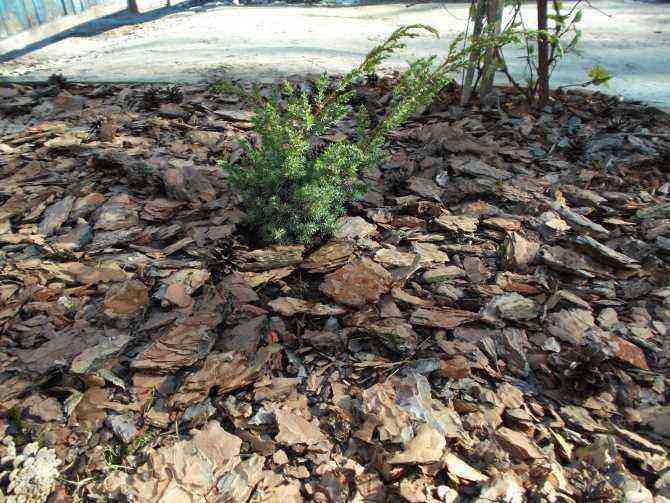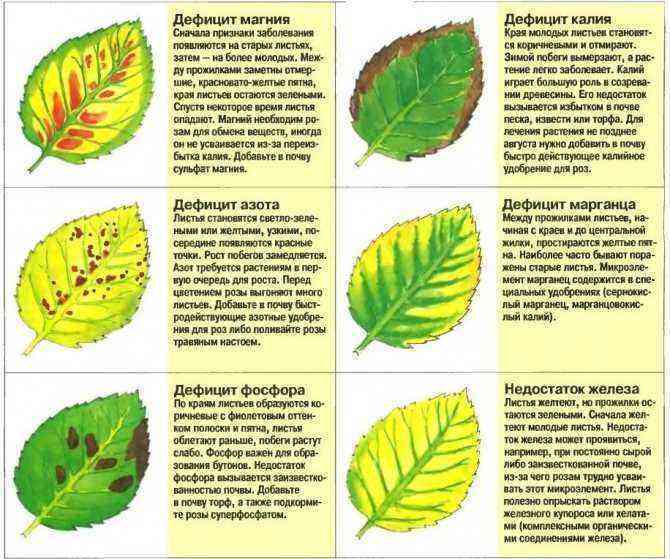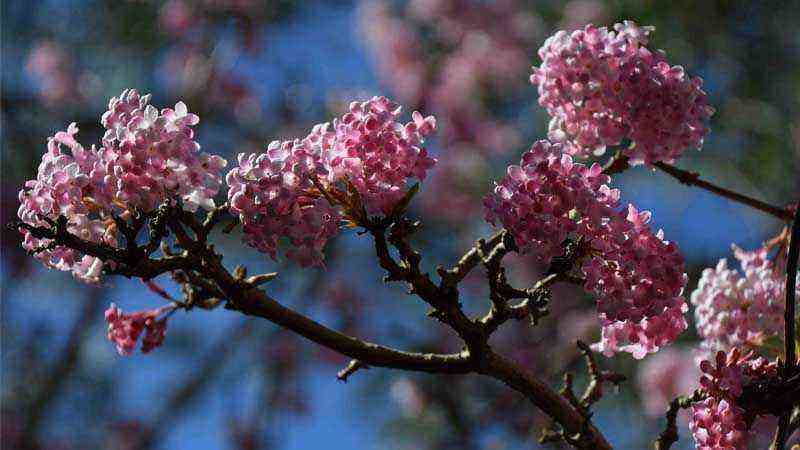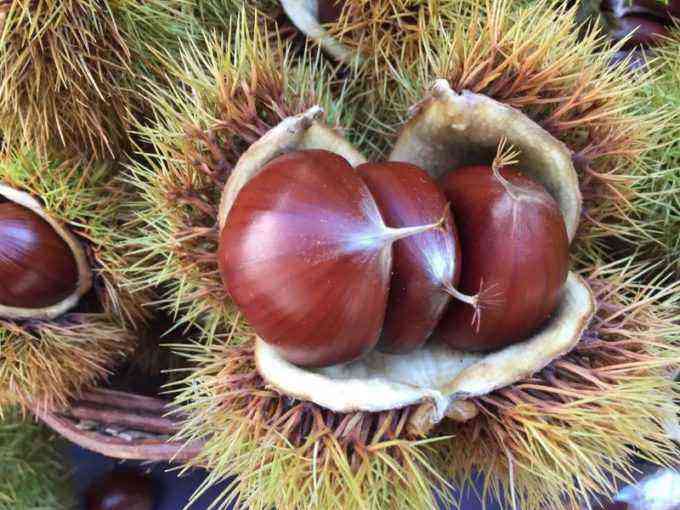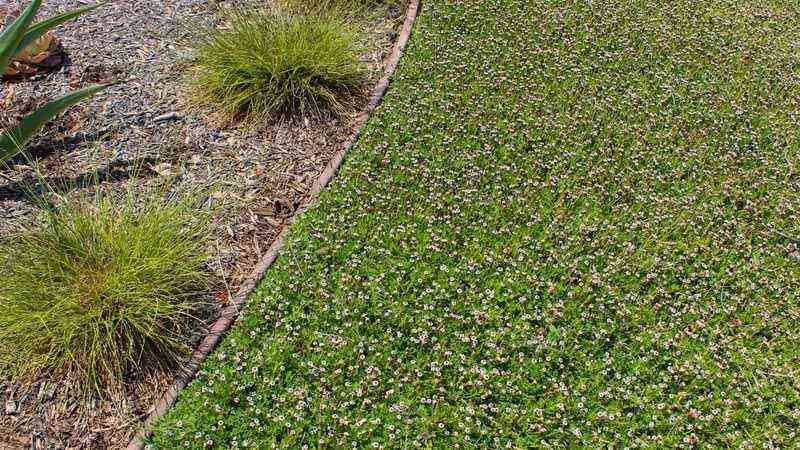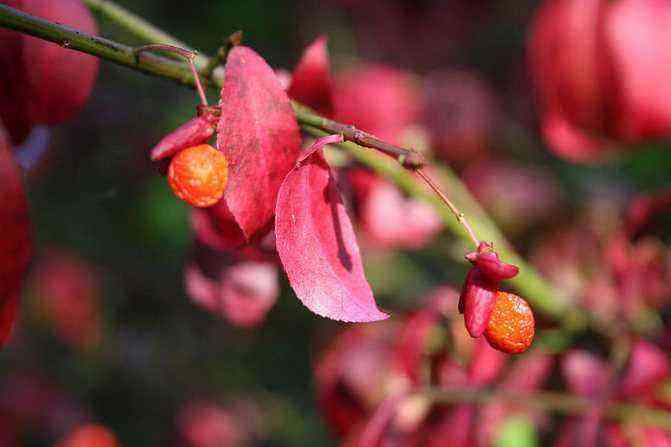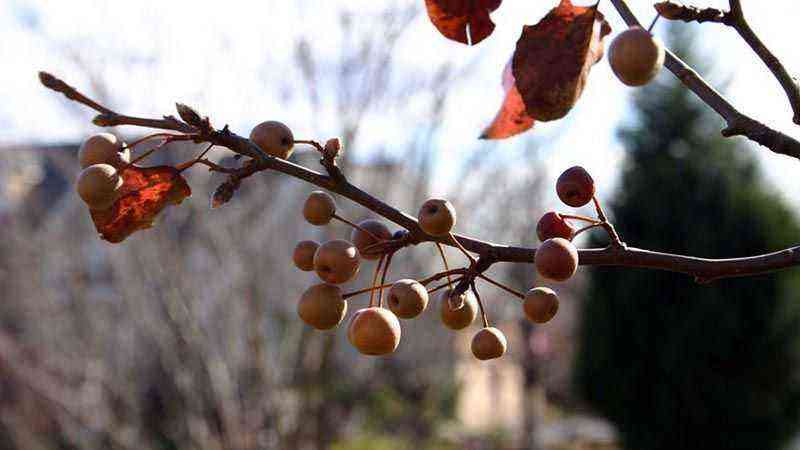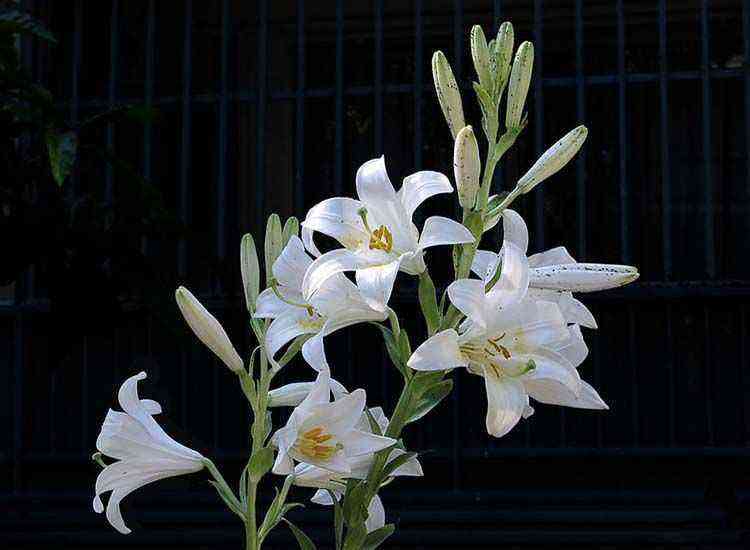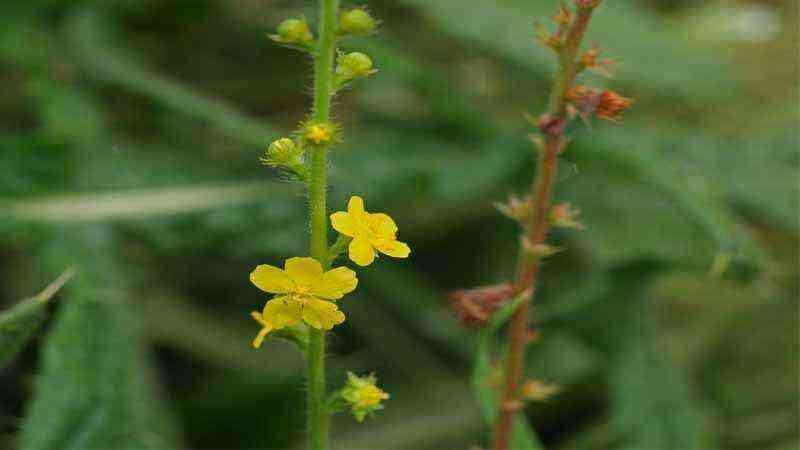A hedge is an ideal means of establishing two distinct sectors. Either to separate them physically and that they cannot be accessed from one to the other or visual separation (as between the exterior and interior of a private garden).
In short, if your idea is to have a hedge, a good choice is the Pitospore. You want to know why?
Do you need a hedge? We present the Pitosporo
His scientific name is Pittosporum tobira, although it is usually known as pitosporo or orange blossom from China. It belongs to the family of Pittosporaceae.
It is a shrub that can reach 7 meters if we do not control its growth through pruning. That is why as it admits very well to shape, prune and trim it, It is widely used as a hedge or to cover a wall or wall.
One of its great advantages, apart from the latter, is that withstands polluted environments very well as in the case of cities.
If you already have a hole for the whistle in some part of your garden, let’s see how to grow it.
Climatic needs of the pytospore
Pittosporum tobira It has the advantage that it does not need a specific type of climate to develop. You can do it in arid or semi-arid climates, in cold climates such as continental ones, or in the Mediterranean area.
There will be no problems or problems in this regard. As for the weather, the Pitosporo is an all-rounder.
We can arrange it both in the sun and in the shade, although it must be a little protected from low temperatures. One piece of advice is that if the copy of Chinese orange blossom is young, in winter, when you know that they will see night frosts, cover it with plastic or make a straw cover.
Resists strong wind and pollution, as we have said before.
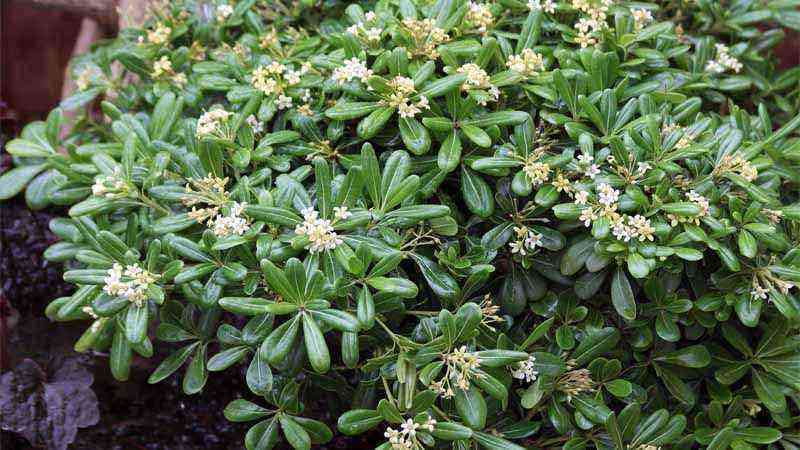

Soil characteristics
The resistance it has in terms of adaptation to different types of climate can also be extrapolated in relation to the characteristics of the soil.
We say this because it tolerates the saline soils typical of coastal climates. It also adapts to a great variety of soils, given its rusticity.
Irrigation and fertilizer needs
We bring good news for those who live in low-income areas. The pitosporo is a plant considered xerophytic (you can consult it in the guide to xerophytic shrub gardening).
On the other hand, if you live in a hot summer climate, such as the Mediterranean, or in an arid area, you should provide moderate watering in times when the days are longer. That is, from April to September.
As for the subscriber, to get the most out of the Pitospore It is advisable that in the season when you have the greatest requirements, a few kilos of manure or homemade compost, the Azahar de la China will thank you.
Ah! said time of application is in spring.
Multiplication of Pittosporum tobira
To carry out this operation we have several procedures. On the one hand, we can multiply the Pitosporo through seeds. They have one good germination capacity and a rapid growth.
On the other, new plants can also be obtained from cuttings or cuttings, from the selection of semi-woody branches that we will have in a humid culture with a good temperature.
How to shape the hedge
As we have said, it is a shrub, and if we let it grow, since it is quite resistant and does not need special means, it can reach great heights in a short time. It depends if we want it with arboreal size or for hedging it will need more or less pruning.
Quiet, supports great pruning and develops fast. You can give it the shape you want (something like what Eduardo Scissorhands did). For example the image that we put below.
You can give it square, round shapes, etc. It can also be left as a shrub and pruned so that its branches and leaves form a cube.
In short, the whistle is a hardy shrubIt adapts very well to any climate and soil and supports all the forms of pruning that you want to give it, becoming an excellent topiary shrub.

